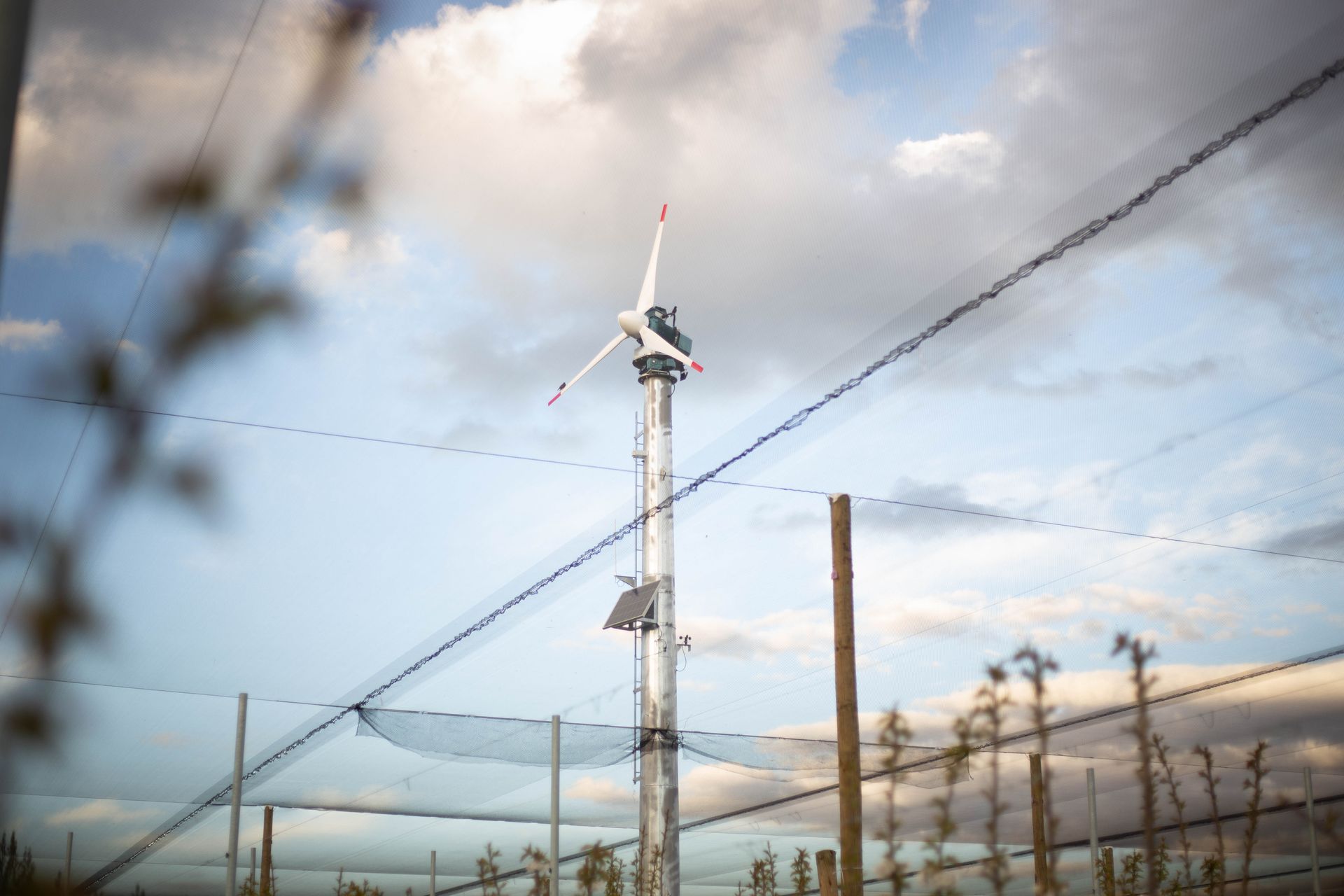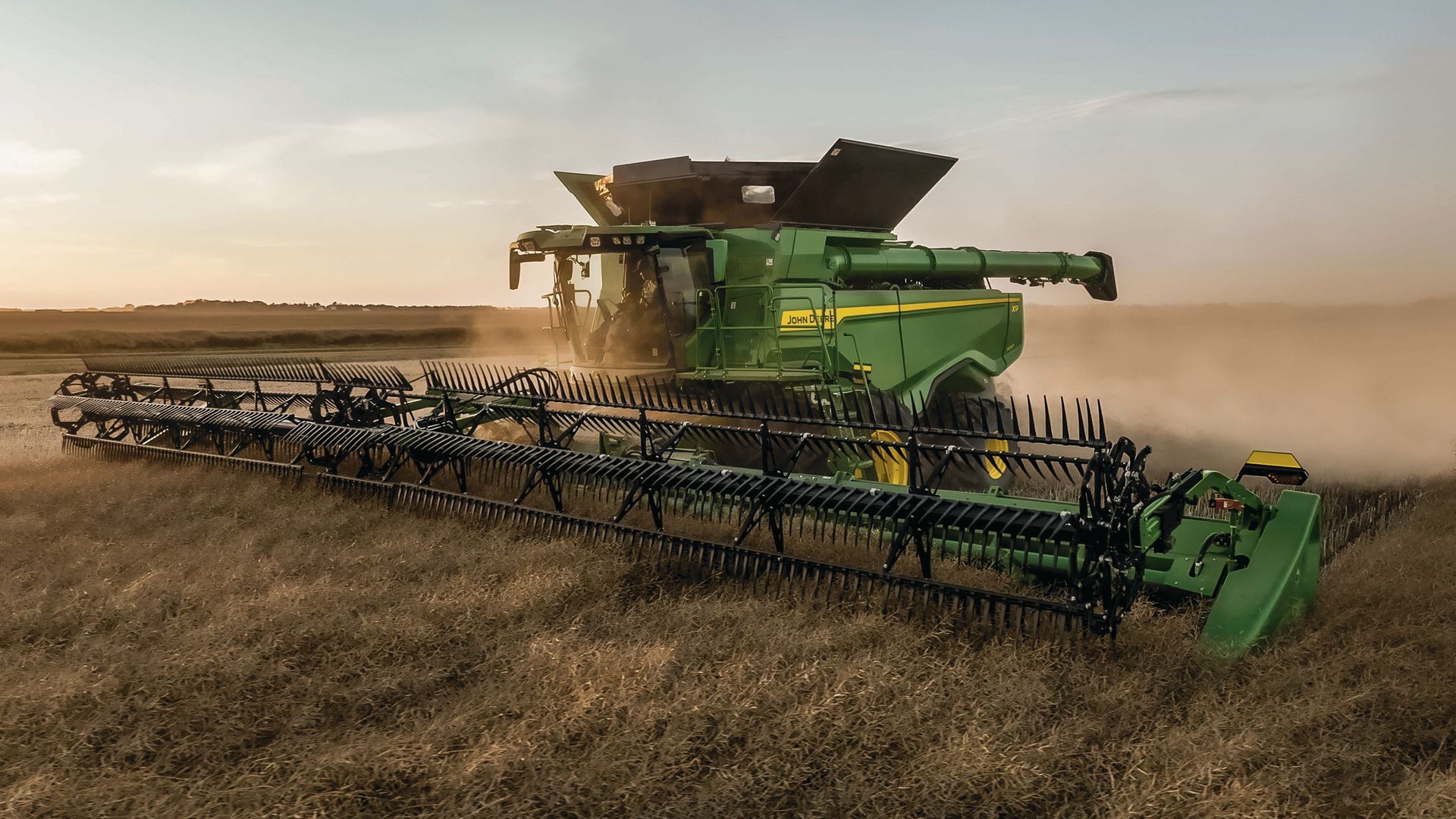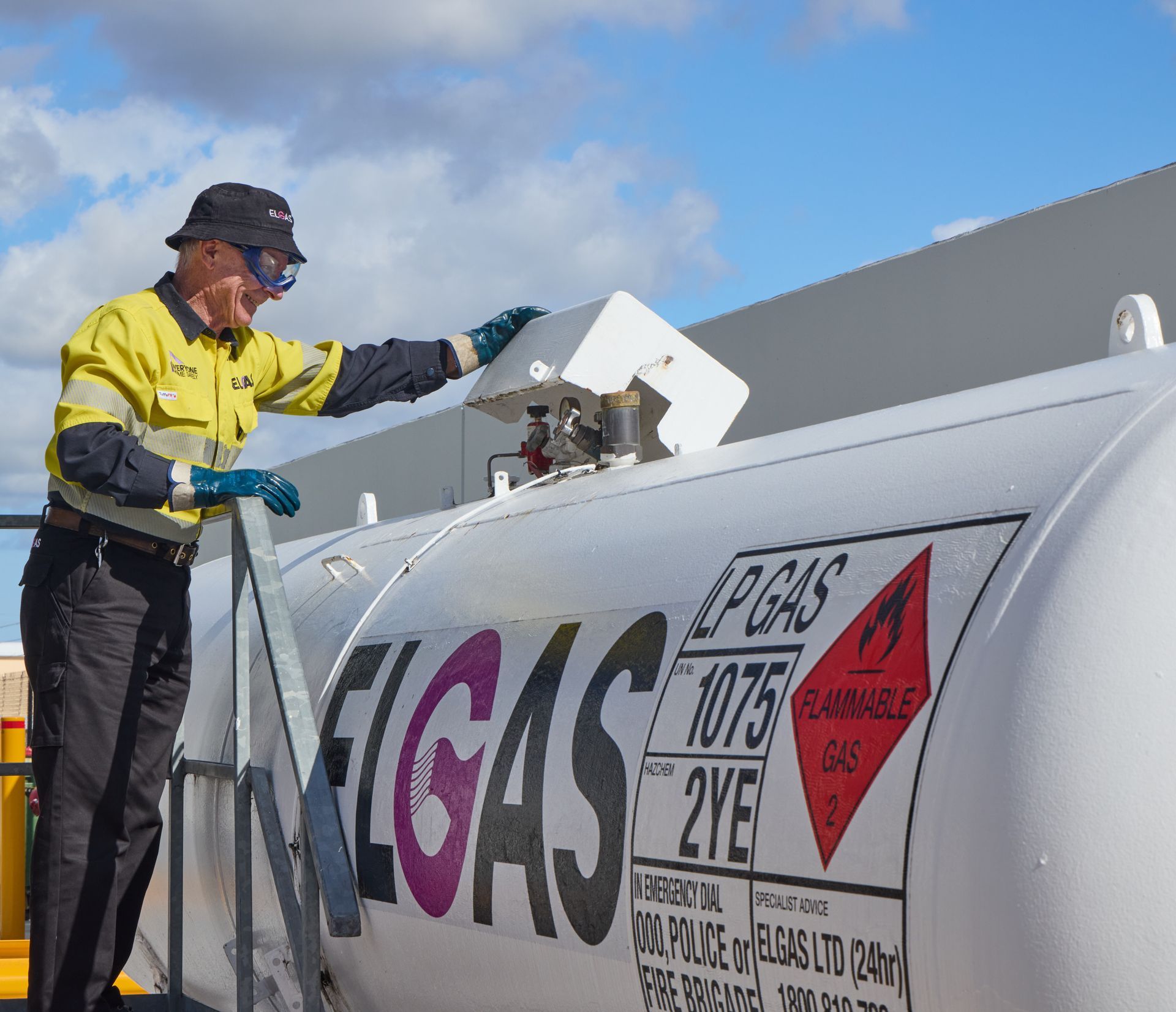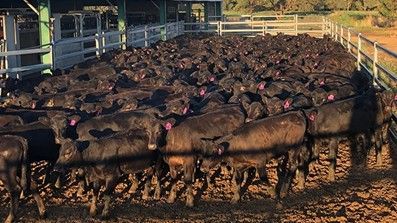1MG FlippingBooks
Machinery and vehicles: safety inspiring innovation in the ATV/UTV market
The small vehicle market in Australian agriculture is changing as practical innovation, growing awareness of safety and government rebates are pushing farmers away from the traditional ATVs or quadbikes to UTVs or side-by-side vehicles.
The ATV market in Australia fell 12 per cent in 2017, while UTVs now account for 37 per cent of the total Australian off-road vehicle market. This is a far cry from just five years ago, when this figure was less than 10 percent.
One of the key reasons for this growth is the changing market for UTVs. For consumers, there is now a lot more choice in the market with several different brands offering competing models. This of course means more competitive pricing, and costs are further reduced by the incentive of government rebates of $1,200 in Victoria and $1,000 in NSW when purchasing vehicles with rollover protection.
Polaris , the largest off-road vehicle brand in Australia, recorded an industry record 6,583 sales in 2017, nearly a third of the market. A significant amount of those sales were of the company’s innovative line of Ranger UTV models, which saw growth of 30 per cent in 2017 alone as customers transferred from ATVs to models with rollover protection.
“We have seen vast amounts of substitution over the past year as ATV customers have transferred en masse to side-by-side and ACE products due to their capabilities and outstanding safety technology,” says Alan Collins, Polaris Australia Country Manager. “With an ever increasing number of corporate farming operations, the ‘she’ll be right’ attitude to workplace safety is changing.”
Innovation in smaller vehicles is not just limited to safety features, as both ATVs and UTVs are growing in sophistication and becoming more powerful, more comfortable and capable of carrying bigger loads. The Ranger has become so popular that Polaris recently built its one millionth Ranger model. The XP 1000 EPS model features more than 100-owner inspired innovations from redesigned under-hood air intakes that increase air flow to improved driveline geometry to increase efficiency.
“With a side-by-side, you get outstanding capabilities and utility to get hard work done quicker and easier than ever before,” says Polaris Australia and New Zealand Vice President & Managing Director, Peter Alexander. “When you combine this with the great safety technology now on offer, it’s no surprise customers are voting with their wallets and flocking to side-by-side products in droves.”
This is a view that is shared across the industry, with Michael Poynton, Director of Mojo Motorcycles (which sells UTVs and ATVs in Australia via its brands CFMoto, Landboss and Kymco), agreeing that the UTV is a more practical vehicle for Australian farmers.
“UTVs are, generally speaking, better suited for most farming applications,” says Michael. “I believe there is still a place on some Aussie farms for the ATV – if you need something that’s agile and easy to manoeuvre, a low capacity ATV is probably the vehicle of choice.
“But for most farming applications, when you need to tow a sprayer or trailer, or you are putting feed into the tray and loading the vehicle up, UTVs are a lot better suited. Some models even have a carrying capacity of more than one tonne.”
And as the market in Australia for UTVs continues to grow, it is only a matter of time until further technological innovations become commonplace in these smaller farm vehicles. With the advantages provided by automation and GPS technology in larger farm machinery such as sprayers and headers, it will surely only be a matter of time until these features are integrated into smaller vehicles.
















